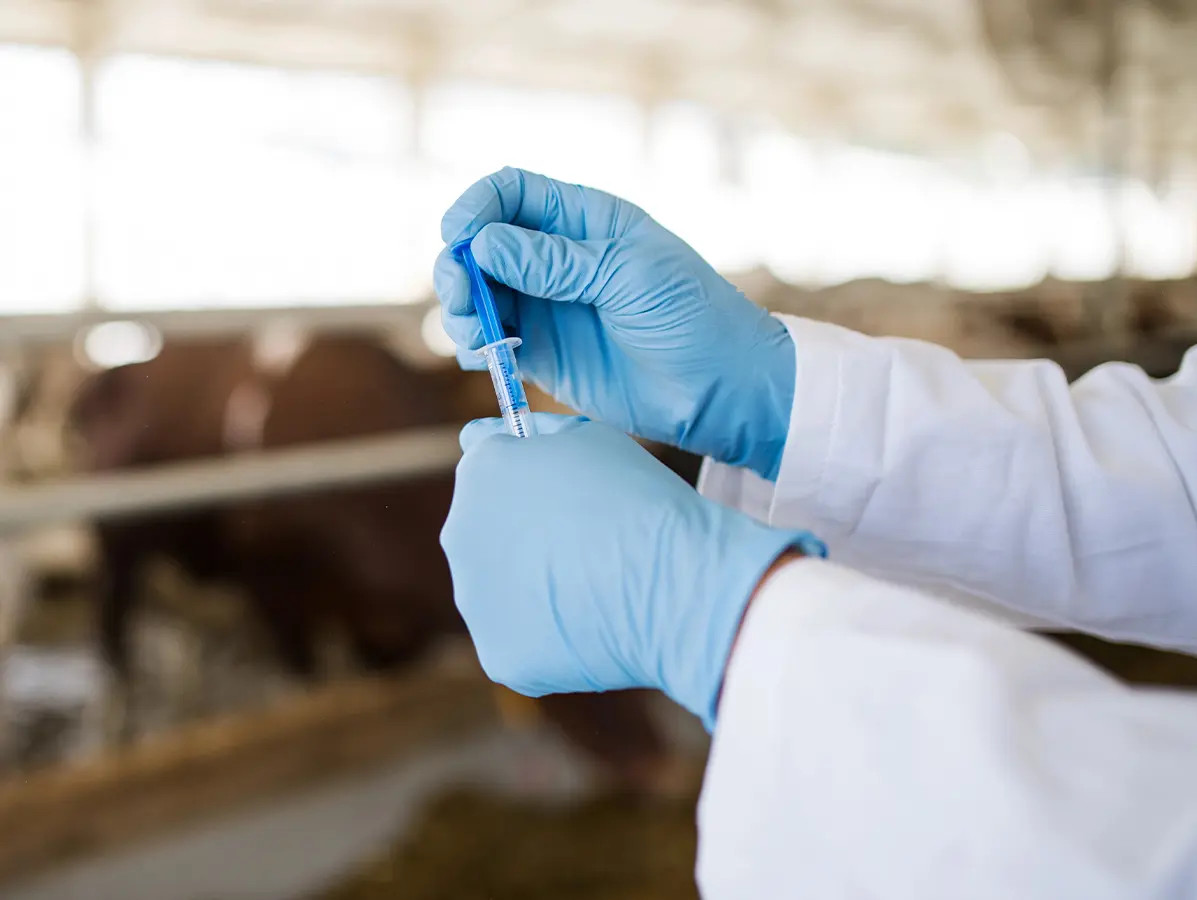
The decline in antibiotic use in Dutch livestock farming appears to be leveling off. This is evident from the MARAN 2024 report, where Wageningen Bioveterinary Research (WBVR) presents the latest data on antibiotic resistance in animals. The annual report highlights that both antibiotic use and resistance in animals have stabilized after years of significant reductions.
In 2023, 117 tons of veterinary antibiotics were sold, marking a 4.5% increase compared to 2022. However, a 76.4% reduction has been achieved since 2009. In most sectors, usage remains stable, while the turkey sector showed a notable reduction last year. The use of antibiotics considered critical for human healthcare remains low, even in unmonitored sectors.
Trends in antibiotic resistance are monitored by analyzing bacteria from manure and meat samples. These tests assess the sensitivity of bacteria such as E. coli, Salmonella, and Campylobacter to antibiotics. Specific resistant strains, including ESBL-producing E. coli, are also tracked.
WBVR researcher Kees Veldman, head of the National Reference Laboratory for antimicrobial resistance, notes that the results indicate stabilization in resistance. For instance, resistance to fluoroquinolones remains high in broilers (25.6%), low in pigs (1.7%) and calves (4.3%), and absent in dairy cattle. Resistance to colistin remains at low levels, and no carbapenemase-producing bacteria were detected.
Detailed information on antibiotics and resistance can be found in the MARAN 2024 report.
Source: Wageningen Bioveterinary Research